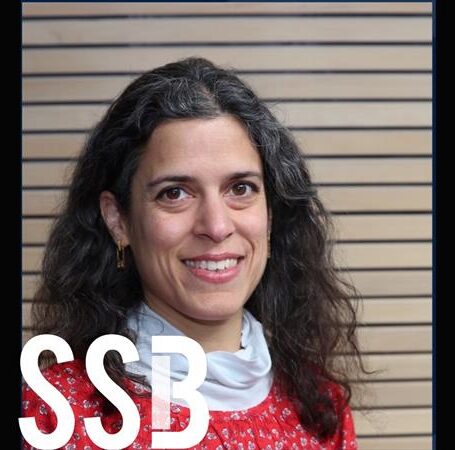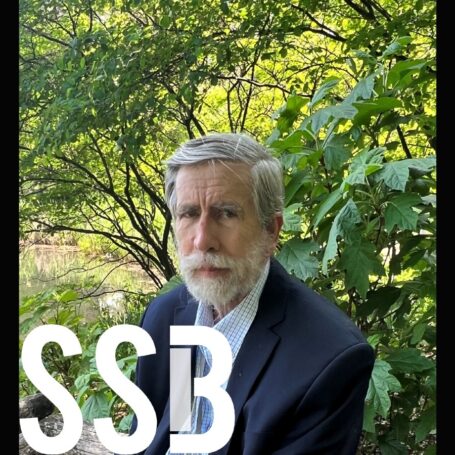How Do Amazingly Effective Teams Emerge?
For decades, organizational scholars have viewed traditional concepts such as absenteeism, productivity, quality, and satisfaction as outcomes of effective teams. But what if we were able to predict which teams are capable of amazing levels of effectiveness in these areas, even before they’ve had enough time to generate measurable performance?

That’s the overarching question that guided our new paper, “Reconceptualizing Multilevel Shared Leader-Follower Outcomes,” in the Journal of Leadership & Organizational Studies. Drawing from new perspectives on shared leadership and emergent states in teams, we reconceptualized these four traditional outcomes as shorter-term, shared leader-follower outcomes (SLFOs) that we call presence (absenteeism), synergy (productivity), professionalism (quality), and chemistry (satisfaction). Presence entails more vigorous attention than merely showing up; synergy emphasizes process gains from mutual interdependence over productivity counts; professionalism transcends quality with ever-improving standards of excellence; and chemistry speaks to much deeper levels of task and social cohesion than are captured by satisfaction.
We develop a new framework incorporating SLFOs to reconceptualize how leaders and followers can achieve the highest possible levels of effectiveness through a dynamic partnership. SLFOs may or may not emerge in teams based on convergence (composition processes) or divergence (compilation processes) around how leaders and followers view themselves over time. Emergence processes start with the leader-follower dyad before spreading throughout the team. Composition entails teams where both leaders and followers are co-contributors. Compilation happens in teams where leaders reinforce hierarchy. Imagine a team where a surgeon sends clear signals that “I’m the in-charge expert and the only one whose work really matters; you’re subordinate to me.” This exemplifies compilation. In contrast, composition is illustrated in a team where a surgeon clearly communicates and reinforces norms that “we each have a critical role here; please respect each team member’s contribution.”
We suspect the dynamics of composition may yield amazingly effective teams over time, compared to compilation, assuming all other factors are equal. Nonetheless, we acknowledge there are conditions under which a more hierarchical team structure may be a preferred option, tipping the scales in favor of compilation (e.g., situations where chain of command and centralized decision making are critical), though in-depth elaboration of such conditions are outside the scope of our paper.
We hope our reconceptualization of traditional, longer-term outcomes as the SLFOs of presence, synergy, professionalism and chemistry inspires executives, managers and researchers with new ways to think about shared leadership in teams.





































































































